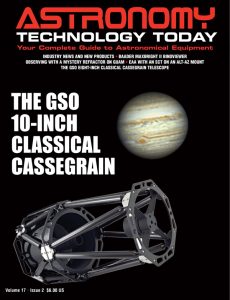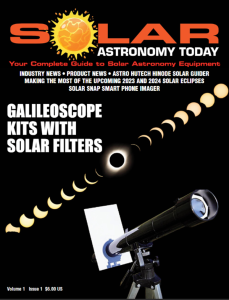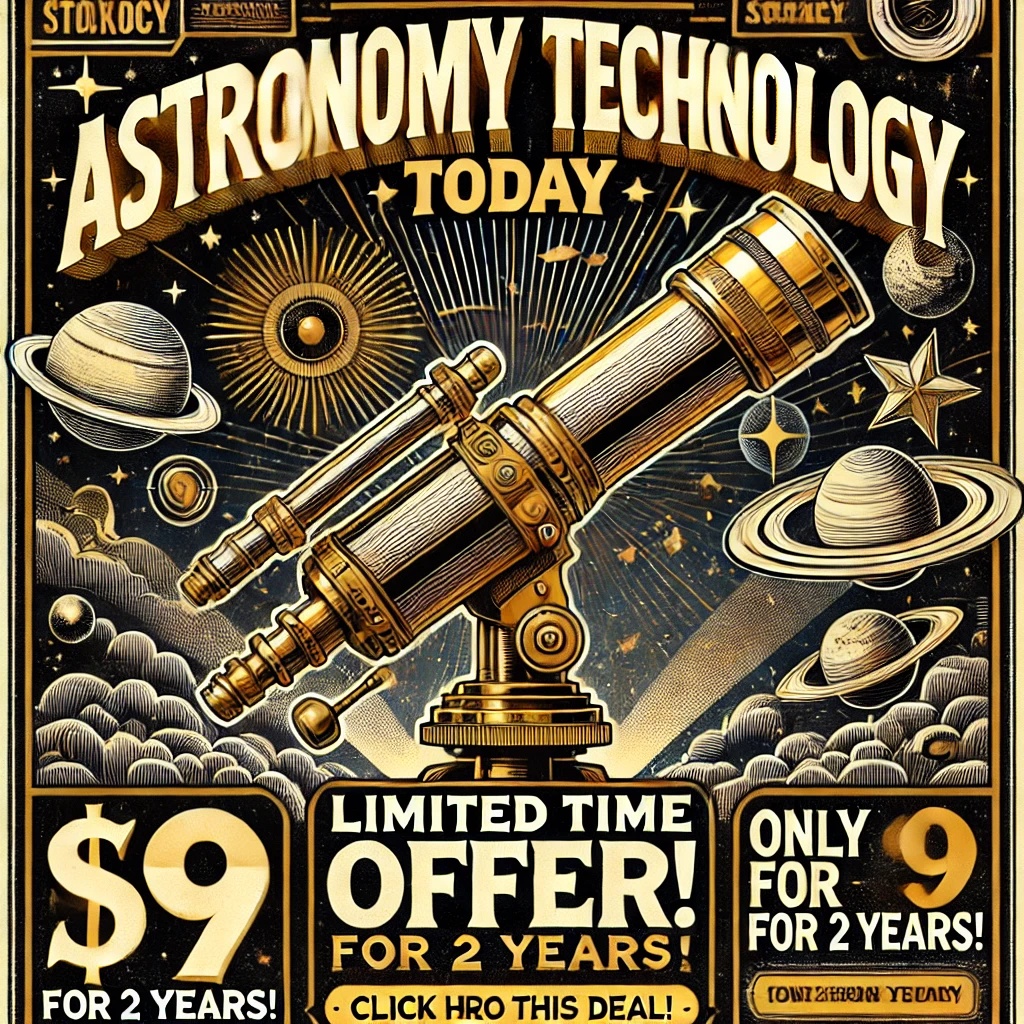The Optolong L-Extreme F is a is a dual-band (500.7 nm and 656.28 nm, FWHM=7 nm) narrowband pass filter. It is designed to work with fast imaging systems with focal ratios of f/2 – f/3.6 such as the Celestron RASA as well as imaging accessories such as the Hyperstar.
 Narrowband filters reduce the effects of light pollution by blocking the wavelengths of light emitted from streetlights and other local light sources, only allowing for a specific bandwidth of light to pass through the filter. Reducing the effects of light pollution drastically improves the signal to noise ratio in images which helps improve their quality.
Narrowband filters reduce the effects of light pollution by blocking the wavelengths of light emitted from streetlights and other local light sources, only allowing for a specific bandwidth of light to pass through the filter. Reducing the effects of light pollution drastically improves the signal to noise ratio in images which helps improve their quality.
Emission nebulae such as the Orion Nebula, Pac Man Nebula and others emit light within certain Hydrogen Alpha and Oxygen III wavelengths and the L-eXtreme f/2 lets only these wavelengths pass through to the camera sensor resulting in highly detailed astroimages.
Specifications of the Optolong L-Extreme F2 include:
– Substrate optical glass
– Filter size: 50.8mm (2″)
– Optical Thickness 1.85mm
– Filter Wavelength: OIII 7nm, Ha 7nm
– Filter Bandwidth/Bandpass: 300-1000nm
– Blocking Depth: >OD4
– Transmitted Wavefront: RMS λ/4
You can learn more about Optolong L-Extreme F2 here.

 And to make it easier for you to get the most extensive news, articles and reviews that are only available in the magazine pages of Astronomy Technology Today, we are offering a 1-year magazine subscription for only $6! Or, for an even better deal, we are offering 2 years for only $9. Click here to get these deals which only will be available for a very limited time. You can also check out a free sample issue here.
And to make it easier for you to get the most extensive news, articles and reviews that are only available in the magazine pages of Astronomy Technology Today, we are offering a 1-year magazine subscription for only $6! Or, for an even better deal, we are offering 2 years for only $9. Click here to get these deals which only will be available for a very limited time. You can also check out a free sample issue here.
The Sun is more active than it’s been in years and if that’s not enough, we have the Annular Solar Eclipse on October 14, 2023 and the Total Solar Eclipse on April 8, 2024! If you’d like to learn more about the technology behind solar observing, solar imaging and more, you can check out our new monthly magazine – Solar Astronomy Today. It’s free to read, no subscription needed and available here. And if you are preparing for the upcoming eclipses and want to know your equipment options from solar glasses to the most out of this world solar viewing and imaging options, check out our free publication – The Definitive Guide to Viewing and Imaging the Sun – simply click here and enjoy reading!



